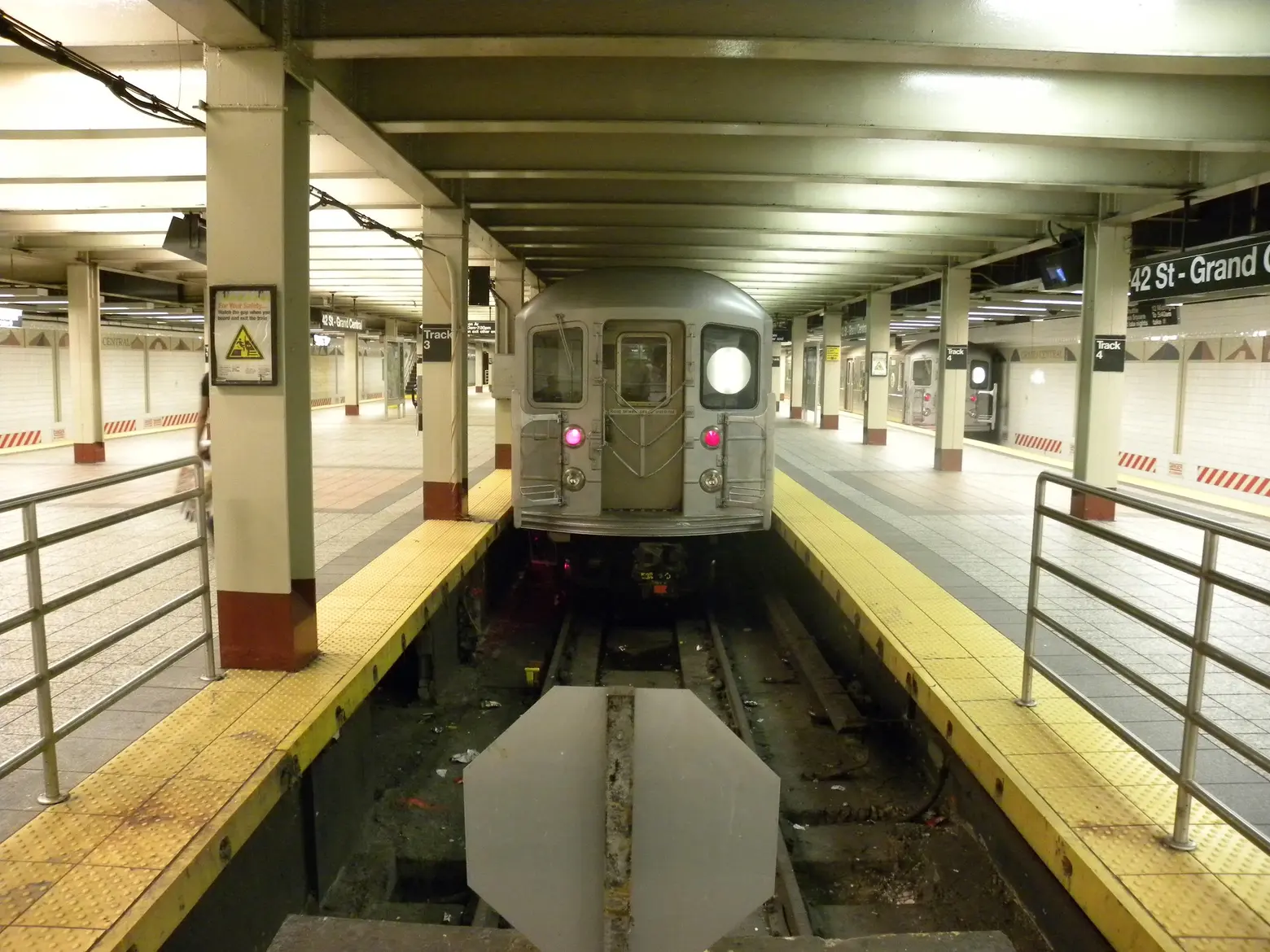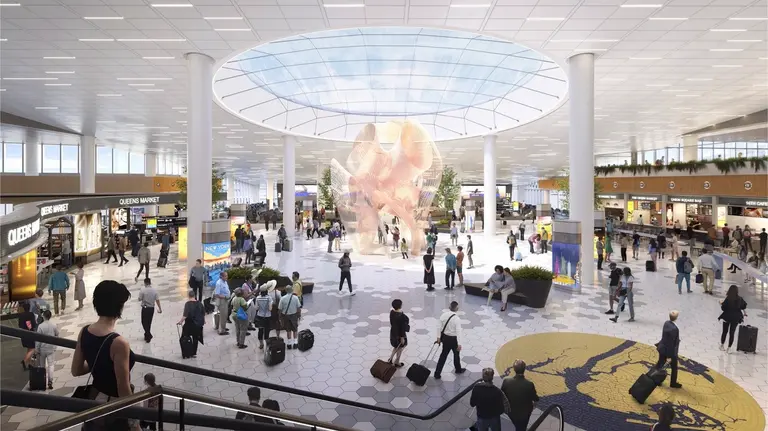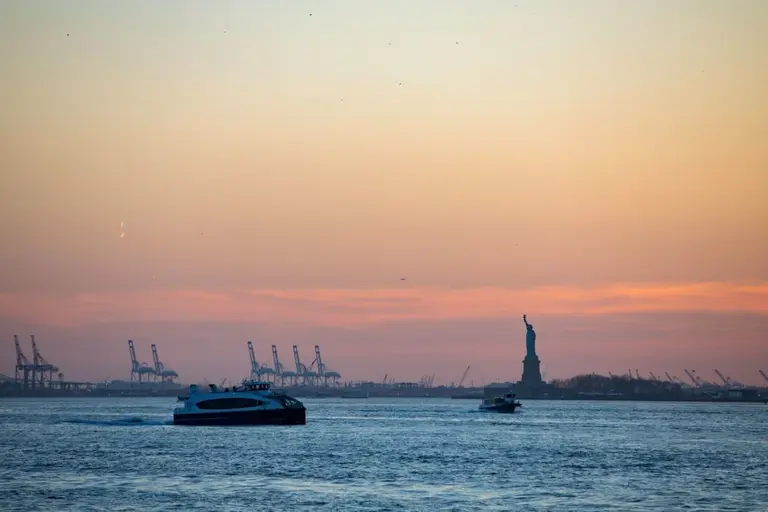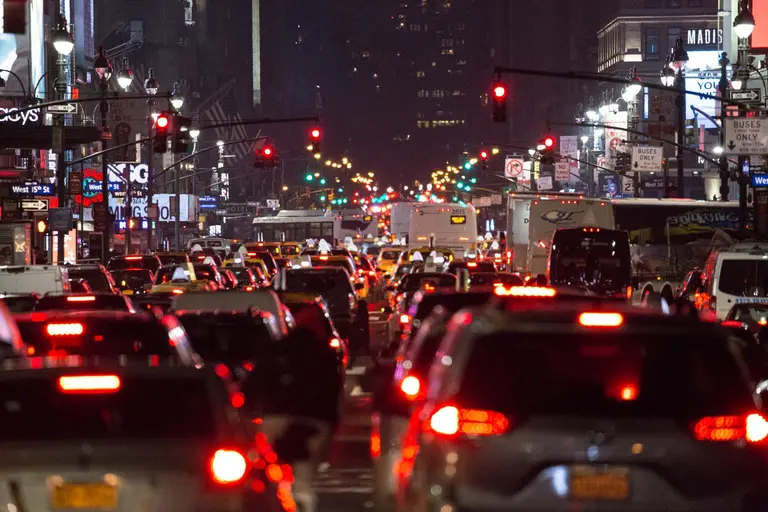MTA plans major upgrades for 100-year-old 42nd Street Shuttle

Image via Flickr
The 42nd Street Shuttle is set to undergo a “historic transformation” as the MTA has announced plans to modernize the 100-year-old train that connects riders between Grand Central Terminal and Times Square, two of the busiest stations in the city. Work will include replacing the Times Square Shuttle terminal with a larger, fully accessible station, reconfiguring platforms at Grand Central, and modernizing the signaling system.
“Making our system accessible and easier to use for all New Yorkers is essential to modernizing the MTA, and this 42 St Shuttle transformation project is another example of our progress. Instead of simply fixing the most urgent conditions, we’re taking this opportunity to truly transform the 42 St Shuttle,” said MTA Managing Director Veronique Hakim in a recent press statement. “The project will allow the MTA to move more people, run longer trains and simplify transfers for customers between the city’s busiest transit hubs.”
According to the MTA, more than 100,000 customers use the 42 Street Shuttle each day. It started running in 1918 and still operates on tracks and stations built in 1904 as part of New York City’s first subway line, which ran from City Hall across 42nd Street to Harlem. The track segment along 42nd Street was later repurposed as the existing crosstown 42 Street Shuttle.
The project seeks to modernize every aspect of the 42 Street Shuttle, including expanding four-car trains to six-cars, consolidating the existing three-track operation to two tracks and one platform; replacing the current signal system, which dates back to the 1930s; and upgrading electrical infrastructure.
The Shuttle platforms are the last remaining area of the Times Square-42 Street Station complex to be updated for accessibility. The project will build a new ADA-compliant terminal with a single, centralized platform that’ll be twice as wide as the current one, with fewer station columns to improve sightlines, customer flow, and wheelchair accessibility. A new station entrance will also be installed, with a new elevator provided and maintained by the developer. The station will get further upgrades throughout, such as new walls, paint, brighter signage, and LED lighting.
Construction will take place in phases to keep service interruptions at a minimum. The shuttle will be running with reduced service during phase one of the project. The MTA advises straphangers to expect some crowding during peak hours and consider taking the 7 train as an alternative.
RELATED:




























